kkw93msu2010
TPF Noob!
- Joined
- Jan 1, 2016
- Messages
- 10
- Reaction score
- 2
...and I need some help.
Let me first start off by saying I'm as beginner as beginner gets. Other than my phone, I've never owned a camera . Which brings me here.
My husband and I are stationed overseas and plan to do some traveling in a few months and I'd love a great camera to take photos with. (And have for years and years to eventually take family photos, etc with) The information available is daunting, and I'm left more confused than when I started looking.
I've narrowed it down to a mirrorless, as it's much more compact than a dslr (easy for extensive traveling), but I haven't made it much further. A friend recommended the LUMIX GX7, however, another friend said to not get anything under 20MP with current technology and price.
I've watched about 20 YouTube videos and spent hours reading review sites only to realize there are tons of great cameras, depending on your preference. I am currently restricted to a 5 mile radius with zero camera stores, so what I order will be what I use.
I literally know nothing and could really use all the help I can get. I'd like a quick point and shoot under $1000 that will last year's and years with the options of more lenses, should I figure out what the hell in doing.
Thanks in advance, and Happy New Year!!!
Kim
Let me first start off by saying I'm as beginner as beginner gets. Other than my phone, I've never owned a camera . Which brings me here.
My husband and I are stationed overseas and plan to do some traveling in a few months and I'd love a great camera to take photos with. (And have for years and years to eventually take family photos, etc with) The information available is daunting, and I'm left more confused than when I started looking.
I've narrowed it down to a mirrorless, as it's much more compact than a dslr (easy for extensive traveling), but I haven't made it much further. A friend recommended the LUMIX GX7, however, another friend said to not get anything under 20MP with current technology and price.
I've watched about 20 YouTube videos and spent hours reading review sites only to realize there are tons of great cameras, depending on your preference. I am currently restricted to a 5 mile radius with zero camera stores, so what I order will be what I use.
I literally know nothing and could really use all the help I can get. I'd like a quick point and shoot under $1000 that will last year's and years with the options of more lenses, should I figure out what the hell in doing.
Thanks in advance, and Happy New Year!!!
Kim


![[No title]](/data/xfmg/thumbnail/36/36302-6ee4929dfdf80290ffd73704693e860f.jpg?1619737496)
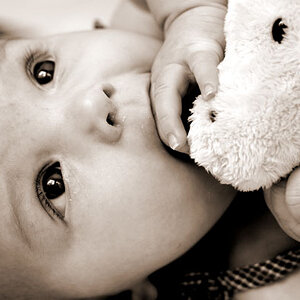


![[No title]](/data/xfmg/thumbnail/36/36300-760519cb9a8ebbfc57cc3d1fda5dd37c.jpg?1619737494)
![[No title]](/data/xfmg/thumbnail/35/35213-19b5e1596f756d523bfde9446f21ca8a.jpg?1619736951)
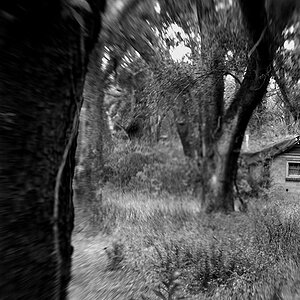
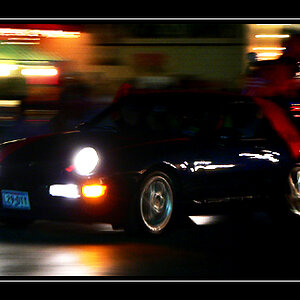
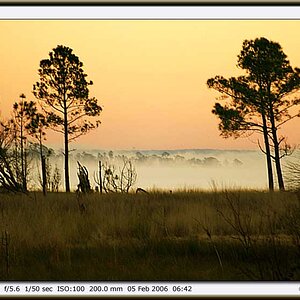
![[No title]](/data/xfmg/thumbnail/39/39500-340f9581ccea2902f4cca7c656232f9e.jpg?1619739057)
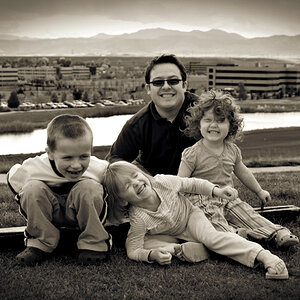
![[No title]](/data/xfmg/thumbnail/36/36303-10b1a386a9a00cf90fb7605d2d2c48c1.jpg?1619737497)